Rarotonga North - Avura
Kia Orana
Even all tourists don’t speak
Maori – everyone greets you here with Kia Orana – their welcome –again this
morning we get nicely greeted for our breakfast. One thing is for sure – this
is such a cool spot when you first thing in the morning watch the fish… By the
way when in New Zealand you get greeted with “Kia Oro” not the same but a very
close related language. Other words we came across are:
- Moana – ocean and Maunga – mountain
- Meitaki – thank you
- Ka Kite – see you later
- Vaine – women and Tane - man
The Black Rock – Tuoro
- The black rock found here is basalt and around 1.9 million years old
- Here you can see that the stone was worked by the Māori during Neolithic times: they made stone into anchors, knives, cutting tools, sling stones with the help of water and gravel
- For the Maori this is believed to be the place where the spirits of the dead leave Rarotonga to go back to their ancient homeland of Avaiki to the West
We stopped here and had an amazing
view with blue skies over the super cool black rocks – that would be a perfect
beach to explore more: we put it on our list. Today we walked on the rocks,
enjoyed the view and the super weird stones on how they are piling up. From
here we drive around the airport that means the main road around the island,–
what is super cool there is a long concrete wall and all is painted with super
nice Polynesian theme.
Avarua Harbour
Is our next stop, as Paul said he
spend a lot of time here – and it is super cool to check out. We can see a huge
police ship – that is a heavy duty one. As well a Cargo ship is in port and
gets unloaded (I guess that answered our question if a Cargo ship can come into
the harbour). We walked along the fishing boats and up to the rocks from where
we could look out and see the waves coming in – yes here is no lagoon – you are
at the open ocean. Gine walked the whole length and Paul drove the car and
picked Gine up near the Cargo Ship. Did I mention today the humidity is super
high and we are coated in it!!! And we forgot our water – good thing right
across from us is one of the big supermarkets and we get some water!!!
Souvenirshops in Avarua
Next to is the Market – which is
on Saturday mornings (except a few souvenir shops and fruits are for sale every
day). We stop at the first of the souvenir shops to see what is available…. I
mean they have some nice cute things like the turtles and the oils and coasters
(only we think all is overprized). We also stop at the Tukis Parau (a Cook
Island fabric store) – they have some cool things, we check out the T-shirt
shop, but we discovered one thing, it is so hot and humid you can’t even try on
a Shirt, as everything sticks to you!!!!
Matai Shipwreck
- The British Cargo Ship wrecked in Avarua Harbour at Christmas 1916 is now part of a reef
- Today you can see the boilers from the shore
Then Gine said Paul stop!! And lucky for us,
here are a lot of parking spots – because Gine spotted the boilers!!! Wwe
stopped looked out on the waves crashing over it – I think that is so cool that
it is still sitting there.
Makae Palace
- Or Pare O Tane Palace, here the chief (Ariki) signed a treaty accepting that the Cook Island are British Protectorate in 1888
We only saw this from the road –
but it looked like a real cool building – except Paul has literally no interest
in history!!!
Beachcomber Building
- Built in 1843 by the London Missionary Society, they think that it was the 2nd building on Rarotonga, first it was used as a Sunday School, Church and community functions, then it housed the legislature before they had the parliament system in the Cook Island
- Cyclone Dolly destroyed a lot of it in 1967 and in 1992 they restored it today in it, you find the Black Pearl and Cook Island Art. It should remind us, that it was built at a time that changed the Cook Islands forever
It is a small town and so we stop
kind of every 200 m – this time at the Beach comber building another historical
building, we go inside and admire the building and have a glance in a small
gallery, but what we really enjoy is checking out the Black Pearl store – they
are so cool (and so pricy) so all we do is admire them – but they are amazing –
wouldn’t it be amazing to bring one home.
The Black pearl of the Cook
Islands:
- The black pearl is also called “Avaiki” the “spiritual homeland”
- It comes from the Manihiki Island around 1200 km north of Rarotonga – they are harvested by the locals
- The thrive in the clear water of a wide lagoon and are native to the South Pacific, the pearls are in shades of green, blue, purple and silver inside the black-lipped mother of pearl shell Pinctada Margaritifera the most famous pearl oyster gives black pigment into the pearl (by the way the color does not factor into the price)
- How does it work: they collect the oysters and put a nucleus (which is a tiny sphere of crushed Mississippi freshwater clam) into the shell as well as a piece of mantle from a donor shell (it is oyster flesh which makes the pouch around the nucleus). It takes over two years to put thousands of very thin layers of nacre over it
- They only collect a small amount every year: naturally black pearls are rare and only found in 1 in every 10.000 oysters: one pearl is worth from 300-1500 $ depending on size and quality shape surface characteristics. They are from 8-12 (rarely 13-15) mm. they are round, drop, pear, button (round on one side and flat on the other), baroque (irregular) and circled
Avarua CICC Church
- built in 1853, It was first a London Missionary Society Church in Rarotonga – later the name got changed to CICC – Cook Island Christian Church
- The first two missionaries came from French Polynesia and were here alone from 1823-27, the first converts were not here – but the first church was built here, in 1828 the first English missionary Reverend Aaron Buzacott arrived
- First, they built a church of timber, which soon became too small for the fast growing number of people converting to Christianity, the 2nd one was also made of timber: 250 ft long and 40 ft wide: Robert Broune a European missionary came and he preached in there, he only stayed for 3 days and baptized 1000 people. Then in 1831 they built the first limestone church which could hold 2000 people – but it was too close to the sea and got destroyed by a cyclone
- Then the 2nd limestone church was built more inland and called Ziona Tapu (Holy Zion – to signify a city of holiness) – they didn’t require such a huge church anymore as the population decreased: because of famine after a destroying cyclones as well as the introduced disease brought in by the Europeans: in 1823 the population of Rarotonga was 7000 and in 1871 less than 2000: the walls are made of coral stone and held together with coral mortar
- Aaron Buzacott is Missionary No 261 and was here for 30 years from 1828-1857, born in 1800 in England, he attended theological and missionary studies, after finishing his studies in 1827 he got appointed to work in Rarotonga. He left in March 1827 for Tahiti with a missionary who worked for the last 30 years in Tahiti, it was here that their first son was born and in Jan 1828 a small Schooner took them to Rarotonga. He was also involved in the town Planning of Avarua and Arorangi. He appointed the teachers for the theological College in 1839 to get native leaders, he bought the land and built the Theological College. His wife Sarah taught the female student’s arithmetic and needlework, their 2nd daughter Sarah Ann assisted with the typesetting for the Rarotonga bible The bibilia Tapu. He was involved in translating the Rarotonga bible: during his stay in England from 1846 to 51 he revised it and passed it through the press, in 1854 he published a grammar resource for the Rarotonga Language, as well translated a hymn book Te Puka Imene with 300 Rarotonga hymns, 204 were composed by him and are still sung today. With his health failing he left with his family to Sydney in 1857 and he died there in 1864. His last words were “Christ is all in all”
- E Moe Ra, E teianei tavini meitaki. Ko te atua Mutukore Ra ko toou ia punanga (well done, good and faithful servant. Enter thou into the joy of the Lord)
Yes, we stopped here, and yes
there is another big cemetery around here, so different from what we know,
right across the road is the Makae Palace and there are more graves right near
the building – so weird.
Christianity in the Cook
Islands:
- In 2023 Rarotonga celebrated 200 years Christianity: In 1823 the ship Te MAtamua (the beginning) came to Rarotonga and in the same year the island was evangelised.
- Every Sunday morning regardless where you are in the Cook Islands the locals gather in picturesque white coral and limestone churches. Still today Sundays are a day of rest
- Rev John Williams came in 1816 to Tahiti his mission was to spread the Gospel throughout the South Sea Islands: with the idea to use a pair of native Polynesian teachers to reach other Polynesian communities: he was the one training Papeiha and Vahapata: both arrived in Aitutaki in 1821 and they started the first church in Aitutaki (yes we visited it)
- The Tahitian and the Cook Island language are very closely linked and until 1834 they used the Tahitian bible: before the missionaries came, they wrote the stories by carving them in timber. In May 1827 Rev Charles Pitman came from England and his first project was to translate the bible to the reduced Rarotonga alphabet: they introduced the written language to the Cook Islands and in 1834 the New Testament and by 1852 the whole bible was translated
Takamoa Theological College
- Built in 1843 and it was the first college for training indigenous missionaries by the LMS (London Missionary Society) of the Pacific
We drove up to it as this another
historic building and had a big impact on the Cook Islands History, it is a
huge building, and looks very cool with the rainforest in the background. Here
they have also a list of all the islands and when they got converted, Gine had
a peak inside the building as the door was open, today it is the main office
building of the CICC
Downtown Avarua
By now it is really cloudy,
perfect to stop a few times and check out some more stores, one stop was at a
Park where two catamarans are sitting on the grass – We are not quiet sure if
they are historical relics, but it is fun to walk around them and also have
glances out onto the open ocean. On the way back, we did stop at another resort
– but it is really a long road you have to walk from the Parking lot, some
other places we found are not on the ocean…
Relaxing at the Resort
Time flies – and we decided to
make a cup of coffee – bring the loungers to the front to have nice ocean views
– even the sun is not out the colors are amazing. As well it is fun to walk
around the resort and all the cool plants. We also went into the ocean near the
kayak entry as here it is a bit deeper and ok for swimming, today there is a
real current going on and we get nearly pulled towards the east. Once back
outside we sit in the drizzling rain which is actually kind of fun.
Tonight, we decided to eat again
at our place, as here we have the wonderful ocean and fish view and as we
waited, we even had a rainbow!!! How cool is that it was only a partial one –
but super cool, and yes, we are feeding the fish

 Avarua, Cook Islands
Avarua, Cook Islands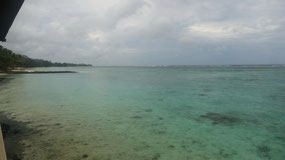
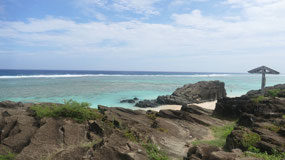
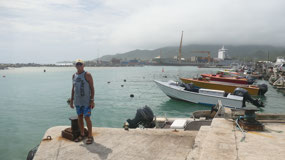
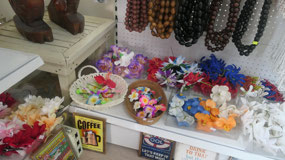

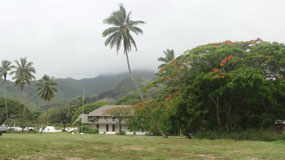
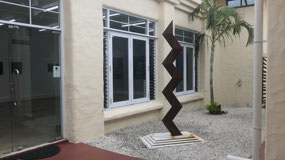
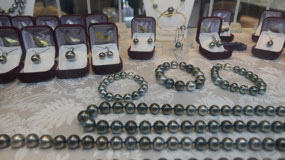

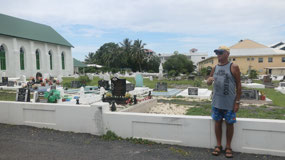
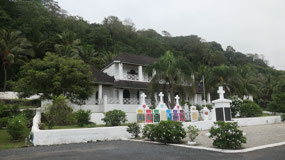
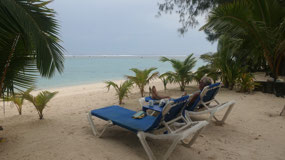






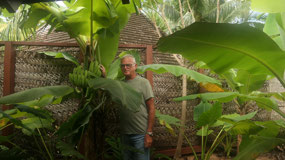
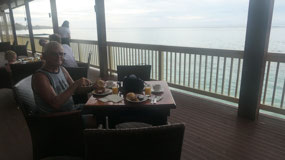
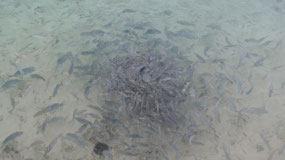
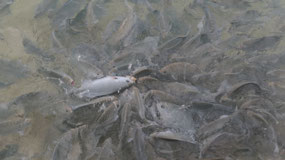
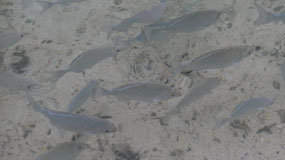
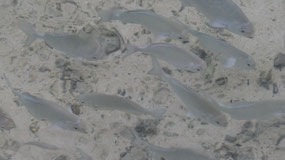

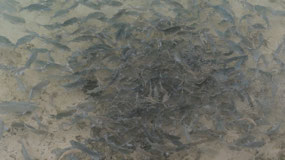
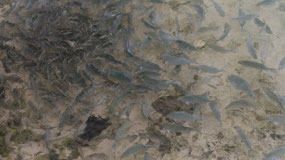
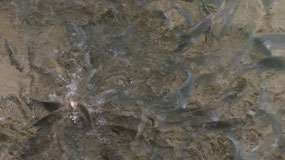
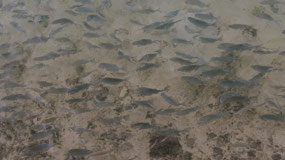
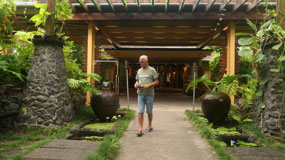
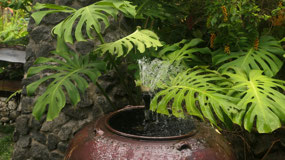
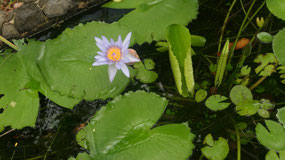
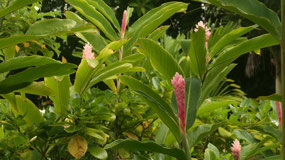
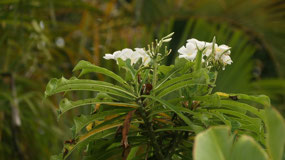
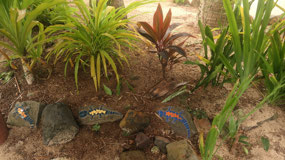

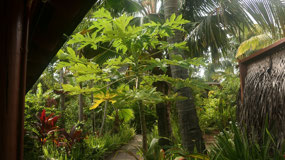

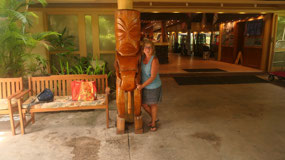
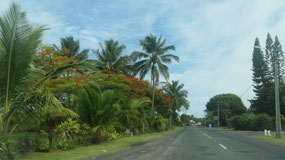
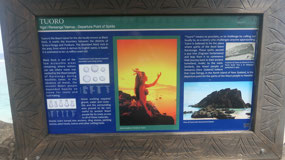
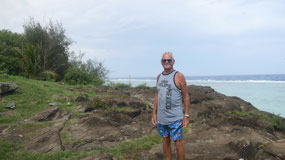
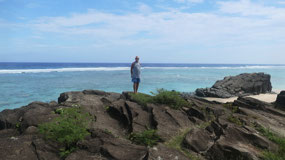
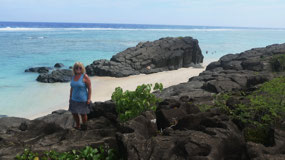
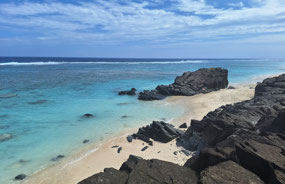
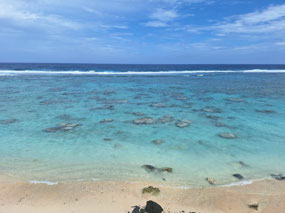
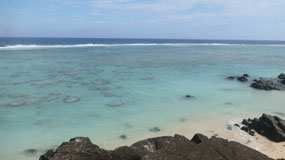
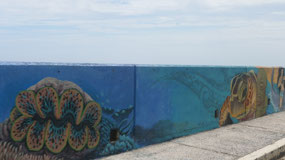
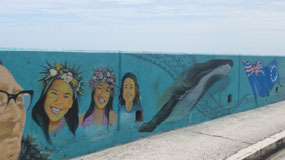
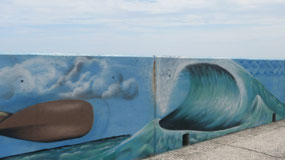

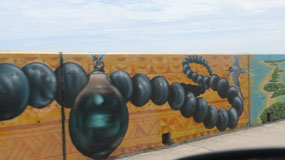

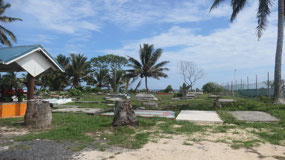
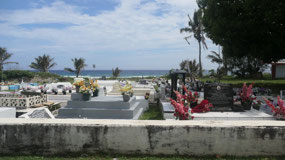
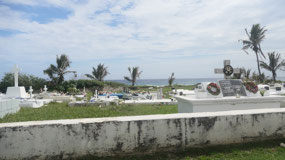
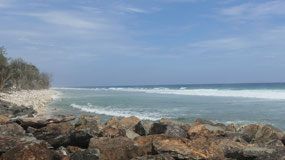
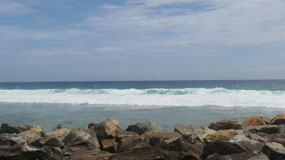
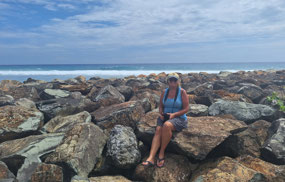
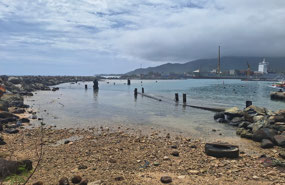
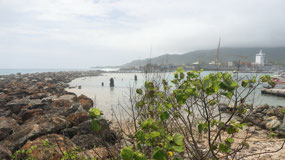
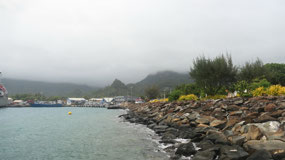
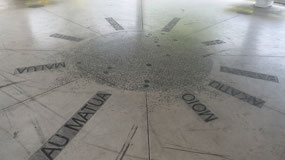

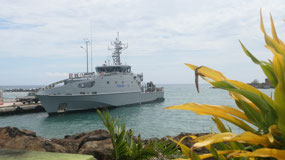
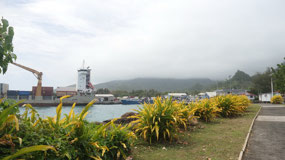
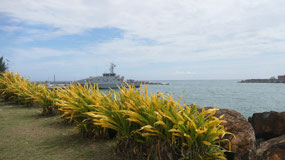
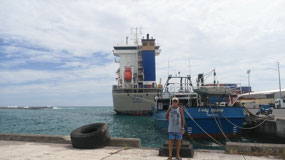
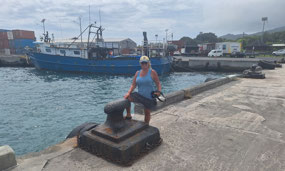
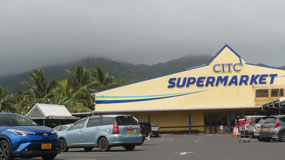
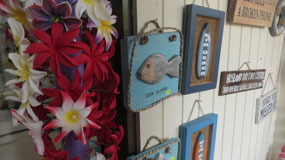
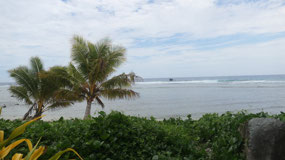

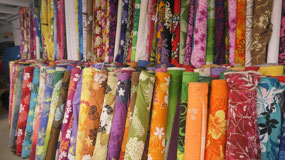

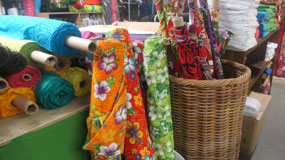
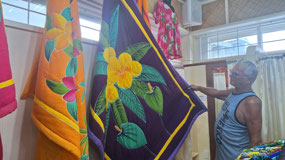
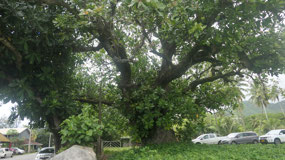
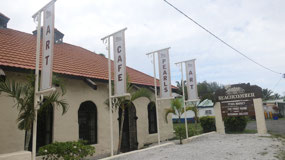
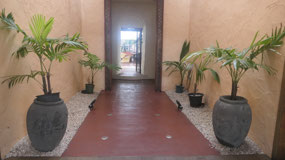

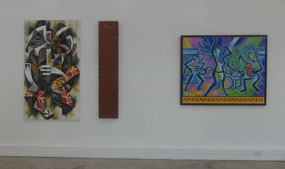
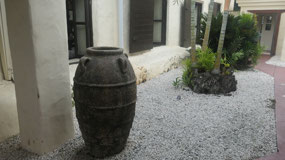
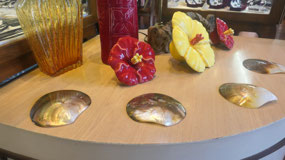
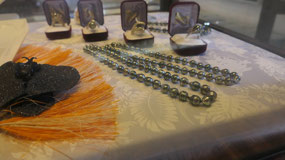
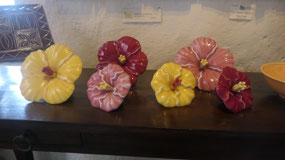
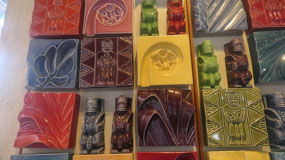
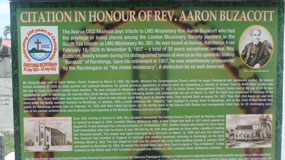
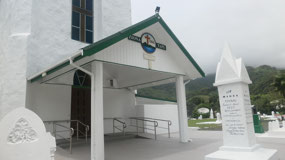
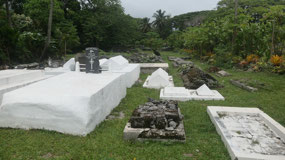
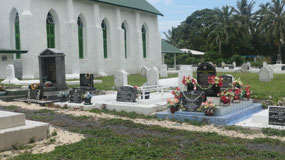
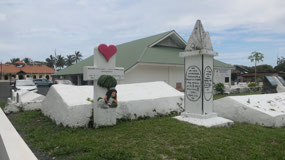
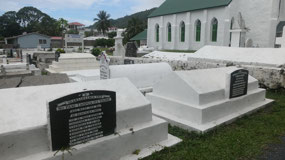


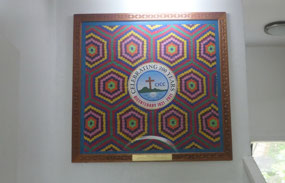
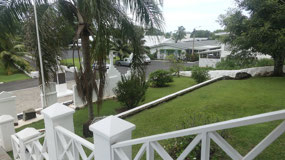
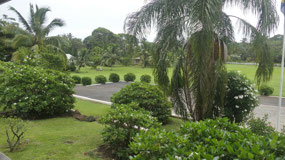
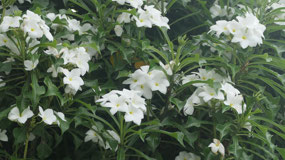
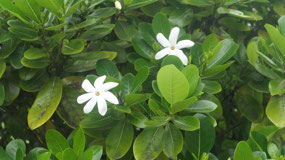
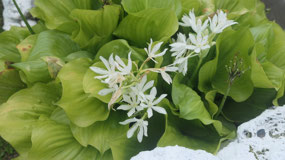
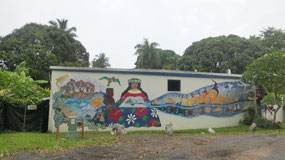
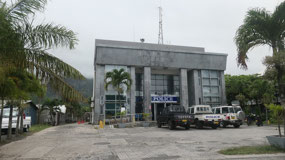
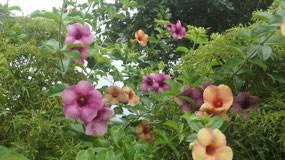
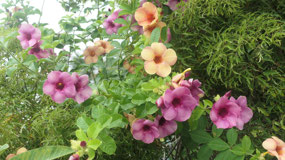
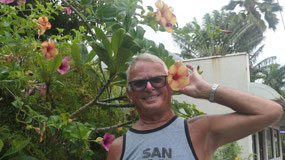
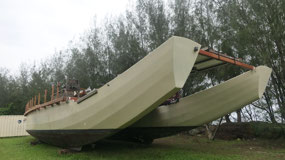
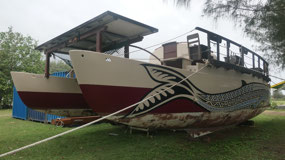
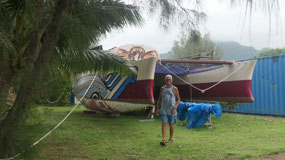
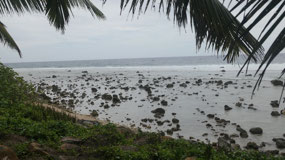
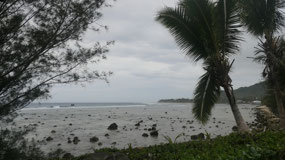
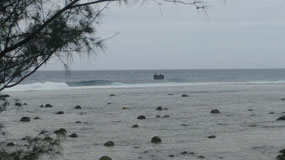
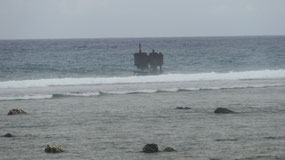
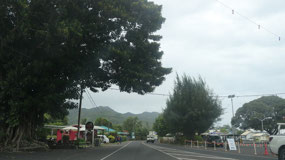
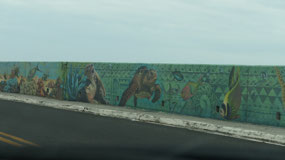
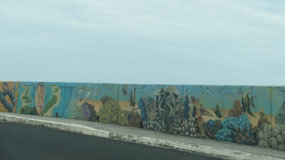
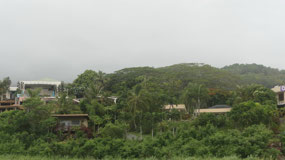
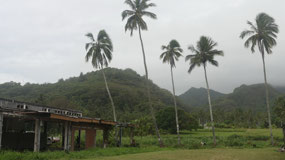
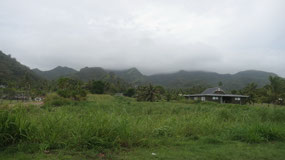
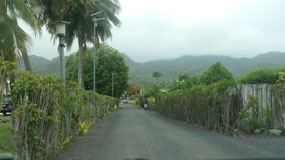
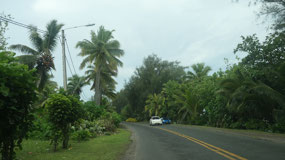
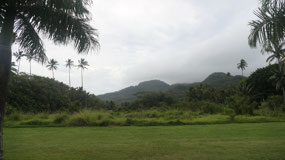
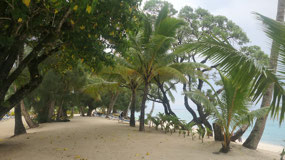
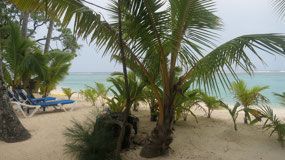
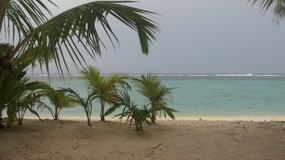
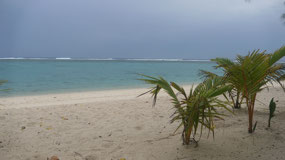
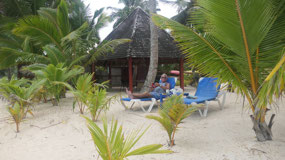
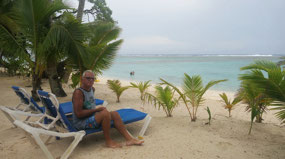
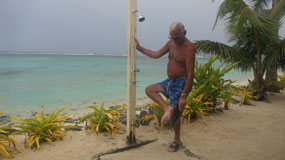
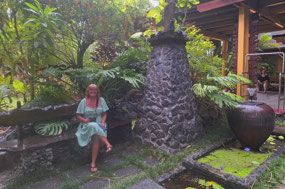
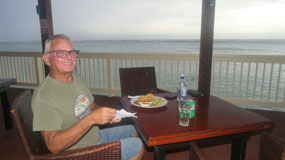
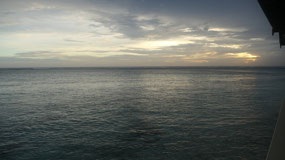
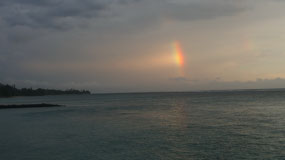
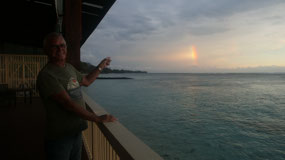
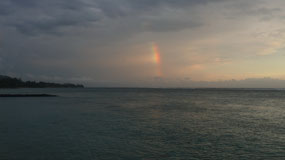
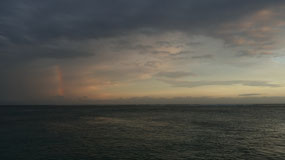
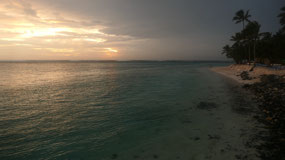
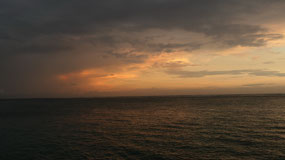
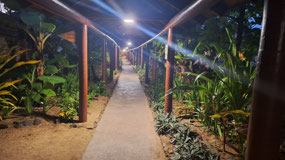
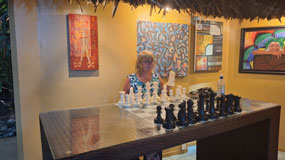
2025-05-23